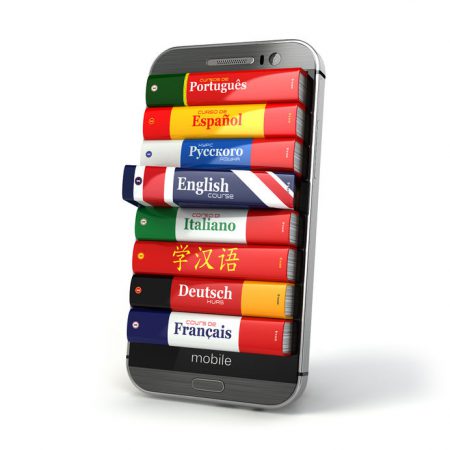
How to Achieve the Golden Mean in Translation
by Jim Dulin
You may think that anyone who is bilingual can translate a document from one language into another. However, there are many differences between a professional translator and an amateur translator. A professional translator is going to have a lot more experience in the field, so they’ll know what kinds of things are likely to trip someone up in the process of translation. And they’ll know how to avoid them. An amateur translator, on the other hand, might make rookie mistakes because they haven’t worked long enough in the field of translation. Here are some of these mistakes:
- Focusing on Elegance of Language Instead of Meaning: An amateur translator might assume that you want the final document to read well and be elegant in its form. And although most people would be happy to have their translations read this way, they are obviously more concerned about the meaning of the document rather than how it sounds. A professional translator knows that it’s more important to convey the right meaning to avoid misunderstandings.
- Trying to Maintain the Original Grammatical Structure: Sometimes, it’s possible to maintain the original grammatical structure of a document in translation. It might come across as sounding a little stilted or archaic, but it won’t be completely incorrect. At other times, it’s not possible to maintain this type of structure because it doesn’t exist in the destination language. In both cases, however, it would be better to go with a structure which is more widely used in the destination language, and a professional translator would know that.
- Making Too Many Changes to the Original Grammatical Structure: On the other hand, there are amateur translators who think that the original document has to be completely slashed and changed. If you’ve put something at the beginning of the document, they might put it at the end. They might combine sentences which were not combined in the original or break up a compound/complex sentence into simple ones. The danger of this type of translation is that the document might lose all sense of meaning. But a professional translator would realize that this is not the way to go.
In general, it’s a fact that the simpler you keep your translation process, the better. Rather than aiming too high and wanting to achieve an elegant result or being too rigid and trying to maintain the exact meaning of the original, it’s better to go for the golden mean between these two extremes. Contact us for more information.
Related Articles
AI-Powered LQA and Human Review: The Smartest Way to Scale Localization
Every multilingual project begins with ambition: the ambition to connect, to scale, and to meet global audiences where they are. But ambition often collides with the reality of manual language review processes that strain valuable resources. This friction delays launches and diminishes the agility brands need to thrive internationally. The answer is not replacing people…
Connecting Through Language: Why Global Brands Are Investing in Multilingual Video
In today’s digital world, attention is the most valuable currency—and it’s increasingly multilingual. For brands expanding across borders, creating content that resonates globally isn’t just a competitive advantage; it’s a business necessity. Whether you’re onboarding a workforce, educating customers, or entertaining the masses, your audience expects more than a translated script. They expect localized video…
The Formula for AI-Powered Automation: A Scalable Approach for Any Business
Automation is not just about implementing new tools—it’s about creating a culture of innovation and efficiency. The most successful companies don’t just adopt technology; they build cross-functional teams of problem-solvers who thrive on optimizing workflows, streamlining operations, and driving digital transformation. At Keylingo, we’ve spent years refining AI-powered automation strategies, testing tools, and improving processes.…
here
for you
We’d love to learn more about your translation and localization needs.